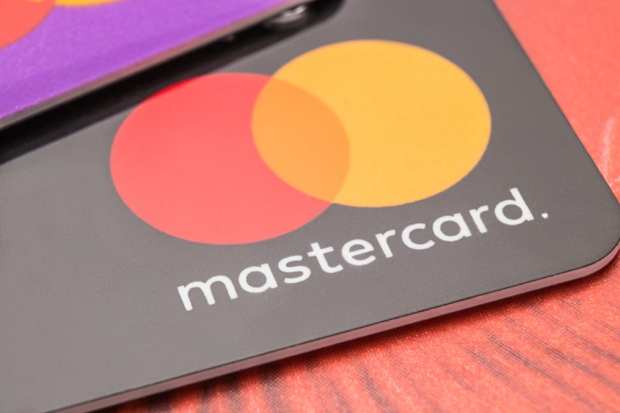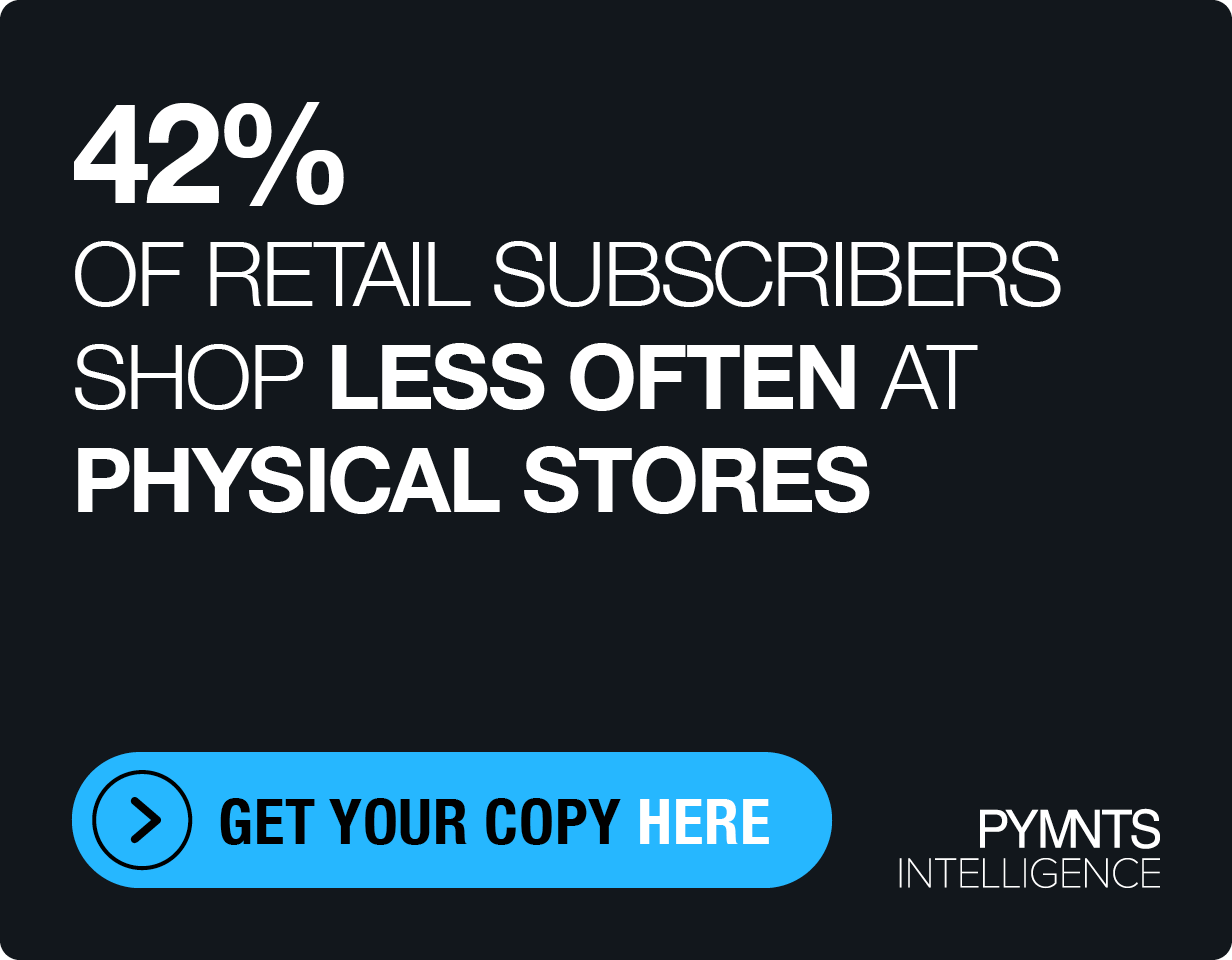Mastercard CEO Notes Strong Growth In Cross-Border, Tourism Volumes

Mastercard posted results on Tuesday (July 30) that showed continued strength in consumer spending, with tailwinds coming from international transactions and cross-border volumes.
In terms of headline numbers, the company said adjusted earnings per share came in at $1.89 a share, which was six pennies better than expected. Revenues on a net consolidated basis came in at $4.1 billion, edging estimates of just over $4 billion.
Drilling down into the numbers, supplemental materials from the company alongside the earnings release showed that second-quarter gross dollar volume was up 13 percent to $1.6 trillion. Within that number, the United States saw 10 percent growth to $486 billion, outpaced by the 14 percent growth seen in the rest of the world.
Switched transactions were up 18 percent to 21.4 billion, and cards grew 6 percent in number to 2.6 billion. Management said on the call that switched transactions showed double-digit growth across all regions globally.
The growth in international activity showed up in the top-line segmentation, where on a currency-neutral basis, revenues from cross-border volume fees grew by 19 percent. Cross-border volumes were up 16 percent, management said on the earnings call.
In the conference call with analysts, CEO Ajay Banga spotlighted the robust international business, noting that tourism (and the flow of tourist dollars) remains strong, even from China. He said cross-border growth should be sustainable on the continued embrace of account-to-account payments.
Banga pointed to a number of recent acquisitions as underpinning several pillars of Mastercard’s business strategy, with a nod toward digital and international focus. The goal is to address what he termed “new payment flows” in a bid to make Mastercard a “one-stop shop” across existing rails and new infrastructure.
In one example, Banga mentioned the agreement struck last month between the company and P27 Nordic Payments Platform, a partnership that will provide real-time and batch payments across Nordic networks. In other callouts showing traction beyond domestic U.S. activity, Mastercard and Interac said in May they had linked to help Canadians send money globally.
In further commentary on the conference call, CFO Sachin Mehra said acquisitions had provided a minimal amount of net revenue contribution to the quarter.
Banga and Mehra also said that strength continued into recent weeks, as activity measured through July 21 showed switch volume up 16 percent year over year, cross-border volume up 16 percent globally and guided net revenue up in the low teens percentage rate, despite moderating U.S. consumer spending growth. Europe, in response to analysts’ questions, should continue to see robust spending growth amid the continuing move to convert cash to digital payments, said Banga. He added that the merchant acceptance locations in the region grew by 1 percent over the prior quarter.
Impact from Brexit has not yet been felt directly, said the CEO, but inbound payment flows to the U.K. have been stronger than outbound.
Other tailwinds include the move to contactless payments as well as B2B, where management pointed to opportunities amid compliance and onboarding, and where there is international growth opportunity for Mastercard Track, the global trade platform. Banga also said Mastercard will see the benefit of services revenues derived from AI, machine learning and fraud prevention.
